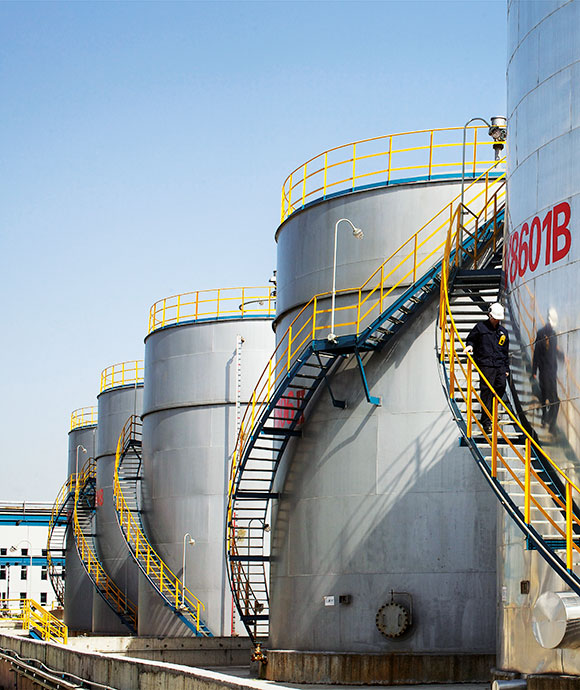Hydrogenation-technology
Hydrogenation technology
Hydrogenation is a key part of the oxo alcohols process for the production of oxo alcohols, where aldehyde produced by hydroformylation or aldolisation is hydrogenated to produce oxo alcohols.

Hydrogenation in the oxo alcohols process
In the LP Oxo Alcohols process, alcohols are produced by low pressure rhodium-catalysed hydroformylation of an olefin with syngas (CO and H2) followed by hydrogenation of the intermediate aldehyde.
For example, propylene is hydroformylated to produce normal-butyraldehyde and iso-butyraldehyde which are then hydrogenated to produce normal-butanol and iso-butanol respectively:
2-ethylhexanol (2-EH) is produced from normal-butyraldehyde in two reaction steps. The first step is the aldolisation of normal-butyraldehyde to butyraldol and dehydration of butyraldol to produce 2-ethyl 3-propyl acrolein (EPA). The second step is the hydrogenation of EPA to 2-EH:
Two options are available for hydrogenation. In the liquid-phase hydrogenation scheme the reactions are carried out in the liquid phase over a heterogeneous catalyst at a temperature of approximately 160°C and at pressure below 30 bara. In the vapour-phase hydrogenation scheme the reactions are carried out in the vapour phase over a heterogeneous catalyst at a temperature of approximately 170°C and at pressure below 6 bara.
The crude alcohol produced in hydrogenation is refined to produce the final product 2-ethylhexanol, normal-butanol and iso-butanol.

